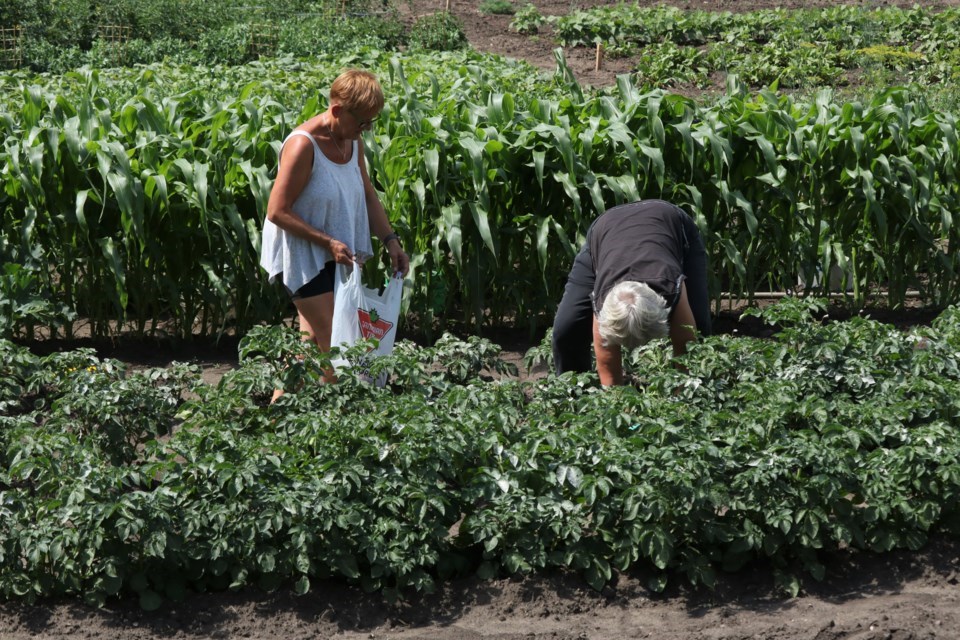YORKTON - The Yorkton and District Horticultural Society’s new president Ed Sek invites you to the next meeting of the Hort Society on Wednesday, April 17 at 7:00 PM at the Yorkton Public Library. The topic will be “Gardening Above Ground: Raised Beds and Containers” with speakers Melody Wood, and Debbie and Keith Hayward. Everyone is welcome, you don’t have to be a member to attend! Visit the hort website at www.yorktonhort.ca for details.
Also, check out the information about the Saskatchewan Horticultural Association summer bus tour at the SHA website at skhorticultural.com . It happens July 26 – 28, a much-loved garden adventure that will be exploring the north-east part of the province. The website says “This fun and exciting bus tour will take you on a journey through some of the most beautiful gardens and landscapes in Northeastern Saskatchewan. You will have the opportunity to explore private gardens, Star City Hutterite Colony, a Haskap berry farm and a Honey bee farm, all while learning from expert horticulturists and gardeners. We will explore the garden communities of Star City, Tisdale, Ridgedale, Carrot River, Nipawin and White Fox.” Non-members are also welcome on this tour. But I’d suggest that if you’re thinking of going, you inquire ASAP..
If you are planning out your garden, and are thinking that you’d like something easy to plant, easy to grow, has lovely flowers, and would make a great filler plant or even a mini hedge, what plant springs to mind? Meet lavatera!
Lavatera, also known as mallow, is an old favourite that gets overlooked, but should really be at centre stage for our garden. This lovely plant is an annual that grows about three feet high, and has eye-catching blooms that look like hibiscus. It will start blooming in mid-summer and just keep on going. It’s a great filler plant because it grows quickly and has a full, bushy growing habit. The plants have either white, pink or lavender blooms, and in a mass planting they would be very striking indeed! They can also be grown in large containers.
Gardeners can plant the seeds directly into the garden in a spot that has full sun and good drainage. The seeds should be planted quite shallow, no deep rows for these plants! They’ll come up in two to three weeks. Once they are growing, they don’t like to be disturbed; but if we wanted to get a head start, we could plant them in peat pots in the house and then carefully plant them right into the garden. They bloom easily but here’s an interesting note: I read that we should be careful bot to give them too much fertilizer, because then we’ll end up with lots of leaves but not as many blooms. And of course, if we are careful to deadhead them regularly we will end up with more blooms.
This is a great plant not only because it is so eye-catching, no matter what colour we use, but also because birds and bees love the flowers. It is also one of those plants that has very few pest or disease issues. In terms of appearance, the lavatera is a reminder of the garden lesson of mass-planting for impact. One plant is pretty, but a grouping or row of lavatera is dynamic! Large plantings should be at the back or along the side of a garden bed, because they have a very strong presence and might dwarf other plants or block their sunlight.
Only 40 more sleeps will Victoria Day weekend, the traditional time of garden planting! Of course, Mother Nature will let us know when planting time really is, but we can look forward to it whether it comes earlier or later!
Thank you to our friends at YTW for their fine work. Browse through some gardening books or gardening sites for planting ideas, and have a great week!






